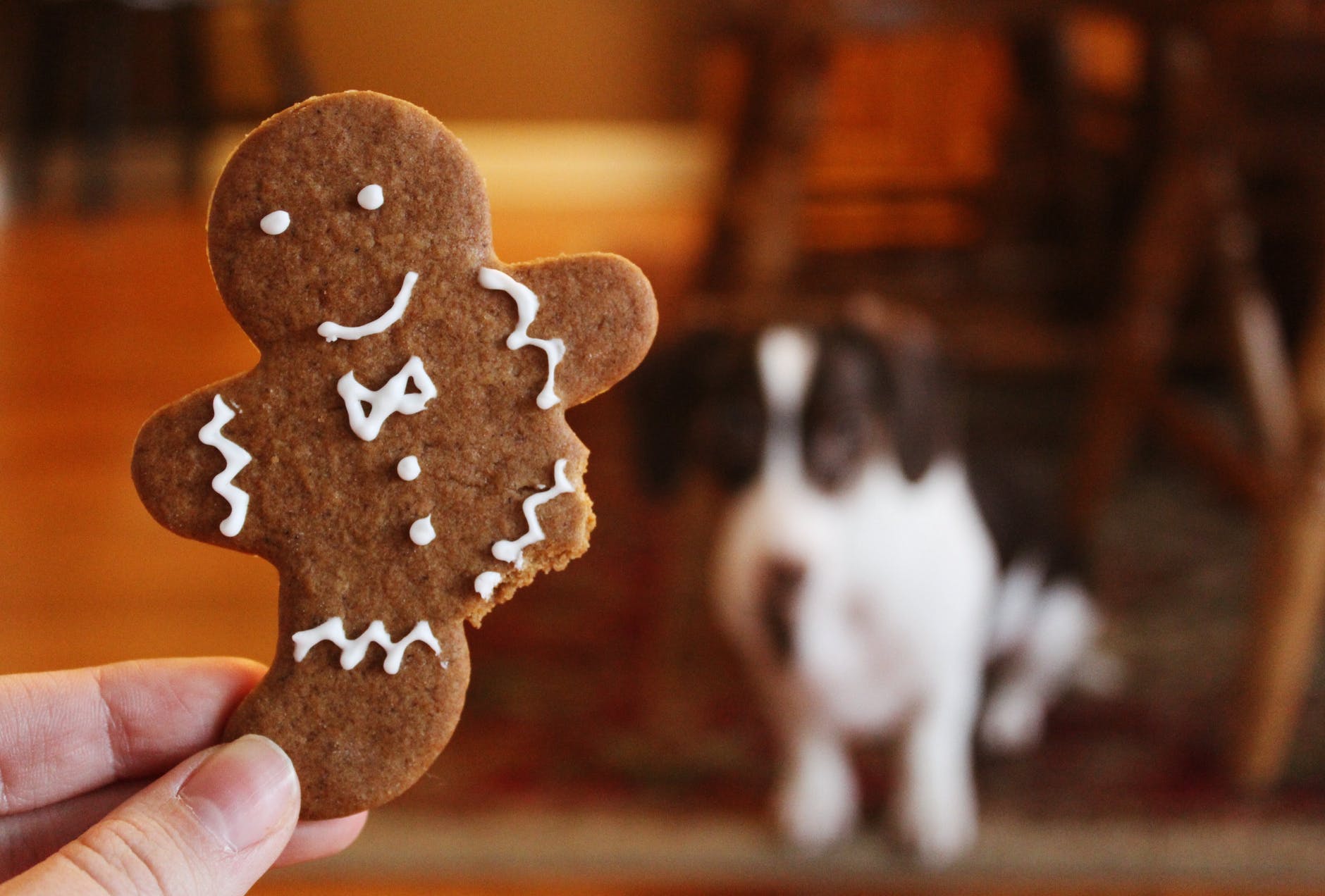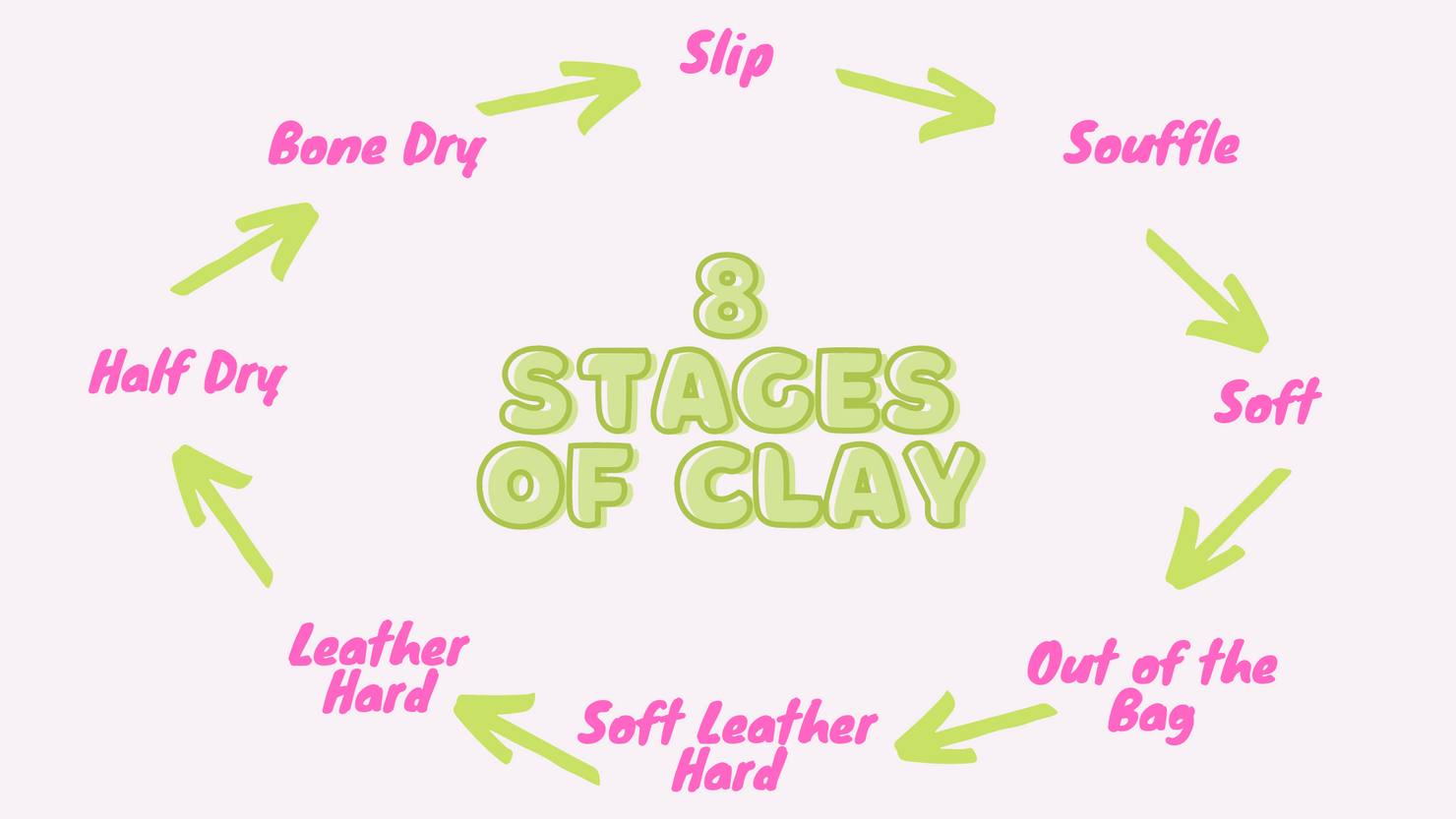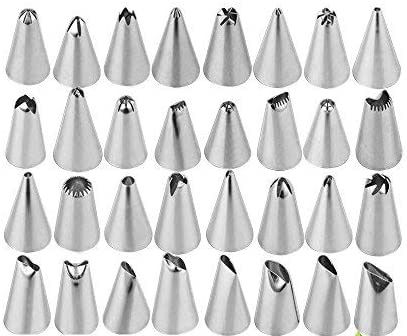
So I might be a bit crazy. I’ve just gone and started my own Porcelain jewellery collection called Margo Margo Jewellery.
How they are made
The project started in 2020, the year of isolation, when I realised I needed to try and work from home as much as possible instead of my pottery studio. I decided to start experimenting and making something I had wanted to try for a long while – porcelain earring pendants.

Porcelain Slab cut out
Much like in baking (there always seems to be similarities between baking and ceramics!) I rolled out my porcelain clay thin like pastry and started cutting out the shapes with some cookie-cutter-like polymer clay cutters I found on Etsy and Instagram.
After bisque firing, I started a 3-day sanding job until each side was a smooth buttery finish (I had also sanded the first layer of skin off my fingers which was not pleasant). Then all the porcelain parts dried out and were fired in a glaze firing. They came out smooth and matte white.
 Ready to be Glaze fired
Ready to be Glaze fired
Margo means Pearls!
I wanted to incorporate pearls (the name Margo means pearl hence the name), mother of pearl shell and glass miyuki beads within the design with a colour palette of mostly white, cream, green and pink in mind. Then, I began assembling the earrings at home with help of sketches I had drawn of some designs I liked. I watched lots of youtube videos on how to make jewellery: opening jump rings; attaching earring posts; peyote beading stitch among other jewellery making related subjects.

How to learn more
I started a new instagram account named Margo Margo Jewellery as the collection might have looked out of place on the Christina Goodall Ceramics account. I started reposting seaside inspired images from other accounts and photos of the Margo Margo earrings against glossy satin fabric that beautifully contrasted against the white matte porcelain.

Each earring design is named after a feminine name with a meaning that relates or sums up the earring design. Some come is more than one colour wave depending on the design.
Some of the earrings hang on a french style earring wire while the majority are attached to a hypoallergenic stainless steel earring post with backs coated in clear resin stopping the post from ever snapping off.

I have loved making these new little objects. I made them with idea of there being a style for everyone. Currently there are over 50 designs, from statement dangle pearl earrings to impress your work mates over zoom to minimalistic understated studs for the everyday.
All the earring designs are available on Etsy at www.etsy.com/uk/shop/MargoMargoJewellery.
Many thanks for reading!
By Christina Goodall
www.christinagoodallceramics.com

































